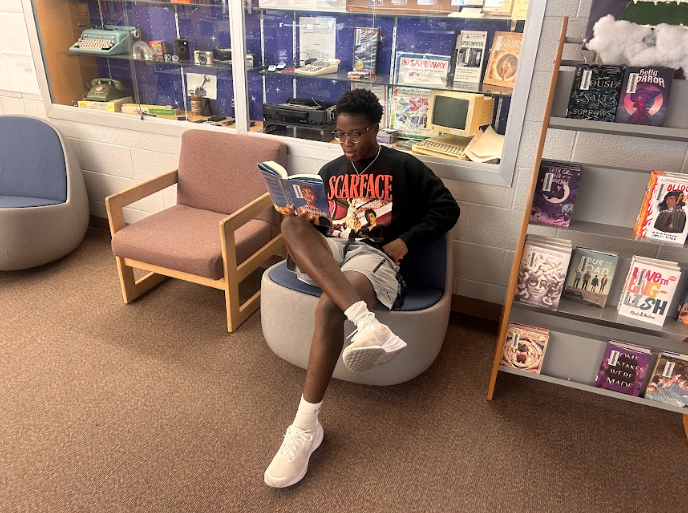The Value of Fine Arts
April 21, 2016
Urbana is proud to have some of the largest music ensembles in the county, yet it is becoming increasingly difficult for students to sign up for electives due to new classes required for graduation.
Certain graduation requirements, including tech and personal finance classes can prevent students from being able to take a fine arts class every semester. Adding encouraged third level language classes to the mix can make fitting in fine arts classes even more difficult.
“[Classes] live and die by the numbers,” said music teacher Monika McCormick. With any subject, too few student signups mean the class is dropped and teaching positions are lost.
Fewer signups in beginning art classes also often lead to fewer signups in higher level art and AP art classes. More students in AP classes look better for the school.
In the F-Wing, McCormick explained, students learn useful skills including organizational, performing, public speaking, time management and teamwork skills. These are all useful for jobs in STEM and business.
With classes like art history, students learn how art ties into the entire world. Art and music have played a significant role in history, both as forms of self-expression and communication.
Art teacher Michael Heller explained that art classes teach students problem solving skills and thinking skills that allow them to approach problems differently. Students develop analytical skills as well.
“[Fine arts classes] help you express yourself in ways STEM classes can’t,” said Matthew Hawk, a four-year member of the marching band.
“Students can apply [their] interests to any medium,” said Heller. Whatever your personality is, it will come through in your artwork, writing, or performances.
When asked what kind of student can thrive in a fine art class, McCormick replied with an enthusiastic, “Anyone!” Students have told her that they did not know they had the ability to sing or dance before taking one of her classes. “We accept anyone,” said McCormick. “It’s awesome to see people grow and thrive when they try.”
“Everyone recognizes the importance of STEM subjects,” said McCormick. “Every subject is valuable for [a] student’s educational process. Students should be able to take classes for their soul,” she said.
You never really hear of a student being encouraged to take more than one fine arts class during high school unless they have chosen to study art, music, or theatre in the future.
It is important to remember that fine arts programs are just as important as any other program. The arts are a huge part of school culture, teach students skills that are used for the rest of their lives, and generally have a positive effect on their stress and happiness levels. Having a balance of fine arts and educational classes can greatly benefit a student.



































